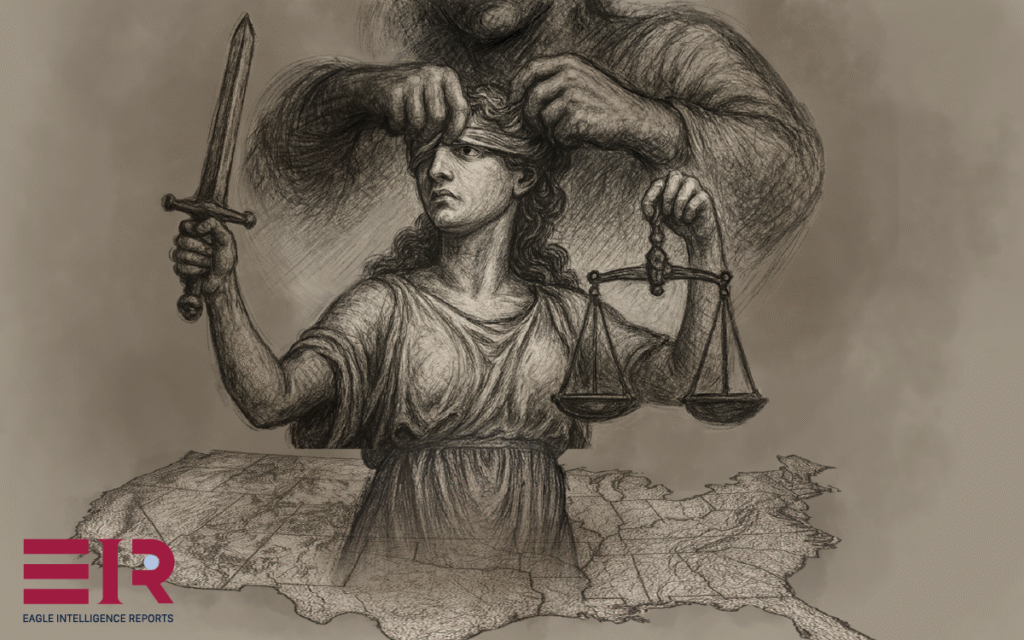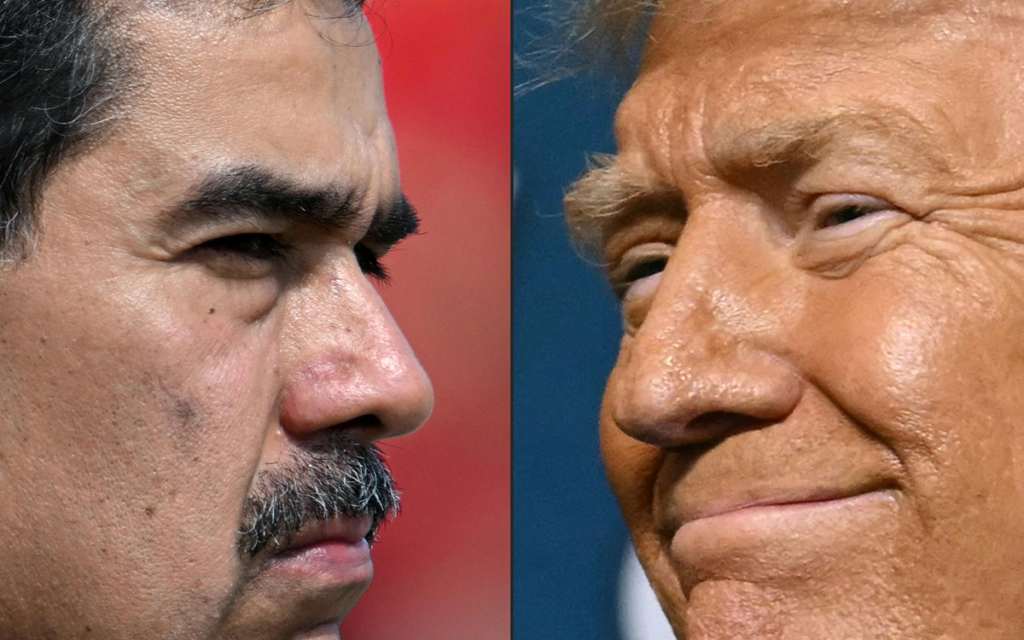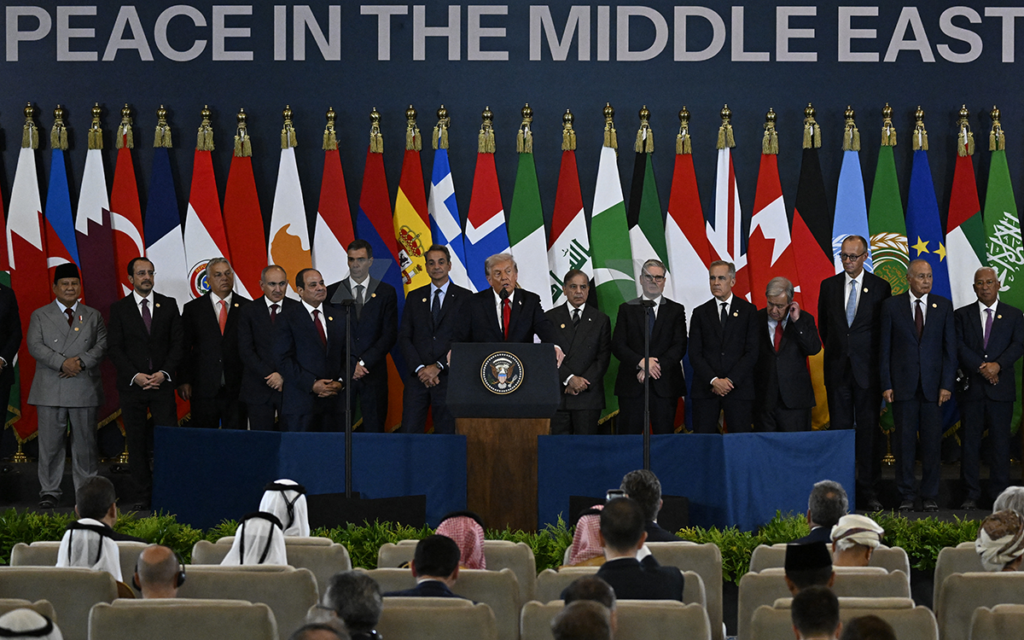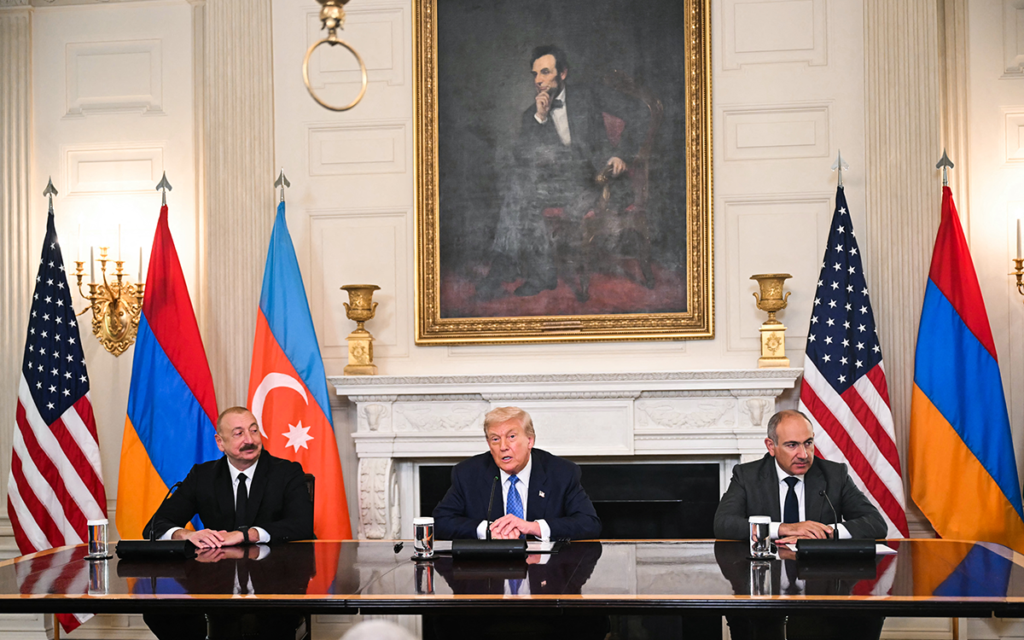Americans extol the First Amendment in terms usually reserved for the Ten Commandments. It is a revered article of governance, making the nation a global beacon for freedom of expression. Yet many Americans struggle to specify the freedoms the amendment grants. Now, seasoned political strategists appear ready to exploit this gap between reverence and familiarity. They are targeting a court precedent that has long been considered a cornerstone of the amendment’s press freedom guarantee. Legal scholars see this as the most serious threat to the American press in over 50 years.
The group behind the assault doesn’t explicitly name the First Amendment as its target, a strategy likely reflecting the difficulty of challenging such a widely revered principle. Targeting it directly would be political suicide, as a 2025 Freedom Forum poll reported that more than 90 percent of Americans view the First Amendment as vital to the nation’s future. Most Americans, 74 percent in one poll by the Annenberg Public Policy Center, see the amendment as guaranteeing free speech. However, less than half could name its other vital protections: freedom of the press, freedom of religion, and the right to assemble and petition for redress of grievances.
Thomas in Key Position to Spur Change in Sullivan
At the center of the anticipated fight is the court ruling in The New York Times Co. v. Sullivan. Although most members of the US populace have probably never heard of the case, the 1964 Sullivan ruling allows the press to operate more freely and report on the actions of notable individuals who set policy, spend the public money, or otherwise make headlines.
Though President Donald Trump has criticized the press, Supreme Court Justice Clarence Thomas now poses a unique, significant direct threat to press freedom and the fate of the Sullivan precedent by virtue of his position and posture on the High Court. While Trump calls for legal change, Thomas is positioned to influence the Supreme Court’s review and potential revision of the case, making him a key force in any challenge.
Though President Donald Trump has criticized the press, Supreme Court Justice Clarence Thomas now poses a unique, significant direct threat to press freedom
The New York Times Co. v. Sullivan involves an esoteric but crucial legal principle known as the “actual malice” standard for defamation cases involving public figures. It gives journalists, commentators, and activists broad latitude when exposing wrongdoing by influential and powerful people. Many credit the ruling for enabling landmark journalism, such as the Watergate scandal that drove President Richard Nixon from office and the publication of the Pentagon Papers that revealed leadership failures and deception used to justify the Vietnam War.
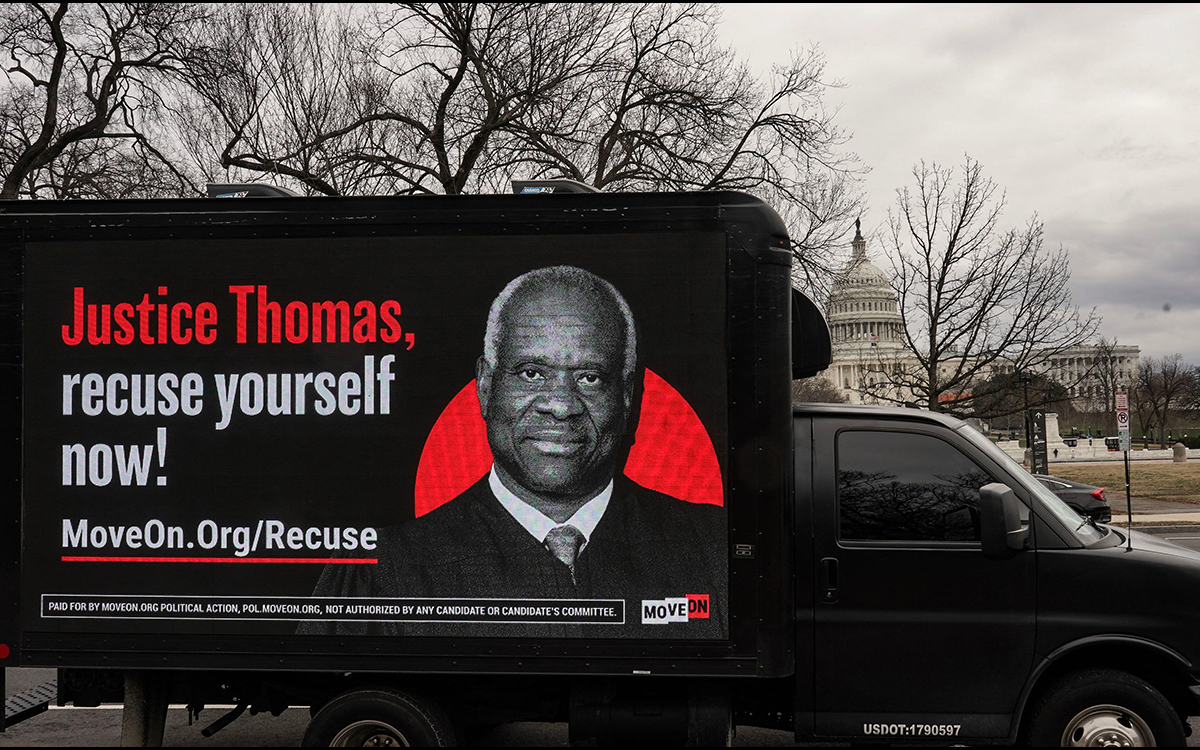
An Erroneous Ad and Sullivan High Court Precedent
A newspaper expose didn’t trigger the case. In 1960, civil rights activists placed an advertisement in The New York Times criticizing the Montgomery police. LB Sullivan, a local police commissioner, sued over minor errors in the ad. The Times lost in state and lower courts, then appealed to the US Supreme Court.
In 1964, the Court ruled that public officials must additionally prove that the false statements were made with “actual malice”, meaning either the paper knew about the falsity of the statements or published them with reckless disregard for the truth. Justice William Brennan, who authored the court’s opinion along with other justices, wrote that errors are inevitable in free debate and must be protected to give free expression the necessary “breathing space.” Otherwise, he warned, defamation threats would chill criticism and weaken democratic accountability. The “actual malice” standard made it difficult for public officials to win defamation suits. Now, Thomas and his allies want to overturn or revise the “actual malice” standard set by this ruling.
Thomas Ducked Questions About the Case in Hearings
During his 1991 confirmation hearings, Thomas didn’t criticize the Sullivan ruling. Like most judicial candidates, he gave equivocal answers to tough questions about prior cases, including Sullivan. He said that he could not comment on issues that might come before the Court in the future. But after years of negative news coverage involving Thomas and his wife, Ginni Thomas, a conservative activist, the Justice’s views shifted dramatically, clearly an apparent response to this scrutiny.
In 2019, he issued a 12-page opinion in a defamation case involving the actor Bill Cosby, calling for the Court to “reconsider” Sullivan. The First Amendment, Thomas argued, says nothing about libel, and the Court’s precedent was not built on the Constitution’s text but on what he termed “public-driven reasoning.” He said defamation law should be decided in state courts, a venue that would make it easier for public officials to sue their critics.
Thomas Proves His Mettle to Conservatives
For years, the press treated Thomas as an outlier with a sketchy background, including controversial financial disclosures about his and his wife’s activities outside the court. But Thomas’s challenge to Sullivan gave him increased credibility in conservative circles. He forcefully argued that the precedent wasn’t only a dispute about libel law; it became part of a larger philosophical struggle between two interpretations of the Constitution.
For years, the press treated Thomas as an outlier with a sketchy background. But Thomas’s challenge to Sullivan gave him increased credibility in conservative circles
Both readings will no doubt shape the Supreme Court and carry widespread implications for the freedoms enshrined in the First Amendment. Indeed, his challenge to a precedent revered in the press and among liberals planted him squarely in the conservative camp of a judicial philosophy: Originalism.
Originalism vs Living Constitutionalism
Originalist judges interpret the Constitution based on how the Founding Fathers understood the document’s language when they ratified it in the 18th century. Under Thomas’s judicial philosophy, the First Amendment didn’t explicitly mention libel protection or anything about “actual malice.” Therefore, Thomas and the originalists argue that the protections lack constitutional legitimacy and overstep the proper role of the High Court.
The judicial standard articulated by Thomas sharply contrasts with Living Constitutionalism. Many centrist jurists support this philosophy of constitutional interpretation, believing the Constitution expresses broad principles that evolve with society and adapt to circumstances that were unimaginable in the 18th century. For them, the Sullivan precedent faithfully adapts the First Amendment to modern democratic needs, especially amid the rapid revolution in media and politics.
The divide made Thomas a conservative icon, but the arguments extend beyond judicial theory. Originalism appeals to those who see liberal activism in the Court’s rulings as distorting jurisprudence, while Living Constitutionalism appeals to those who view the founding document as a living social contract. The Sullivan precedent now serves as a proxy for the larger struggle over whether the Constitution is a fixed document etched in stone or one that evolves over time. This struggle will shape the Court’s interpretation of the First Amendment and its granted freedoms for decades to come.
The Sullivan precedent now serves as a proxy for the larger struggle over whether the Constitution is a fixed document etched in stone or one that evolves over time
Current High Court Has Originalist Sympathies
None of the other eight justices endorsed Thomas’s comments in the 2019 defamation case, but his words reverberated in the legal and political world. His critique appealed to allies of the late Anton Scalia, a revered Supreme Court jurist who saw originalism as a bulwark against decades of liberal judicial activism. With at least five other current justices sympathetic to originalism, many believe the Court is waiting for the right case to revisit Sullivan.
The impact of reversing Sullivan would extend far beyond the US media landscape. For six decades, the democratic world considered the Sullivan precedent a model for press freedom. Courts in countries like Canada, India, South Africa, and the United Kingdom routinely cite Sullivan to secure and advance expanded protection for investigative reporting and political criticism.

Sullivan Reversal Would Damage the US Free Press
A reversal would send a foreboding message for the free press. It would signal that America, the gold standard of freedom of expression, wants to retreat from its First Amendment commitments. The free press would wear a symbolic target around its neck. Regimes in Hungary, Poland, Turkey, Ethiopia, and Venezuela could use this shift to justify harsher defamation laws and censorship, claiming to follow America’s lead. The potential closure of Voice of America, Radio Free Europe/Radio Liberty, and Radio Free Asia, plus cuts to USAID assistance for at-risk journalists, would add to the symbolic damage. US soft power could be profoundly hurt, eroding America’s credibility as a champion of democracy and human rights.
Domestically, revisiting the Sullivan precedent could be equally significant. Without the protections of the civil rights-era ruling, powerful figures could weaponize defamation suits to intimidate journalists, scholars, and private citizens, particularly smaller news outlets, and force them to defend themselves in costly lawsuits. The chilling effect would no doubt suppress investigative reporting, silence whistleblowers, and remove the press’s bite as a watchdog. In the age of social media, the impact would extend beyond traditional journalism. Bloggers, podcasters, and ordinary citizens who criticize public officials could be at risk.
Without the protections of the civil rights-era ruling, powerful figures could weaponize defamation suits to intimidate journalists, scholars, and private citizens
Founding Fathers Understood Tyranny
For critics of Thomas’s views, the fallout spotlights the danger that the Founding Fathers wanted to prevent. They could not foresee the digital age, but they understood how a tyrannical government could control speech and the press. The Founders created the First Amendment not only to protect reasonable public discourse but also to safeguard dissent, even when it is uncomfortable, sloppy, or wrong.
Overturning Sullivan would have an impact far beyond libel law. It would recalibrate the respective weight that governments around the world assign to power and truth. Revisiting the ruling would redefine democracy. If the Founders feared tyranny from kings, Americans today must guard against its subtler return through the courts.




